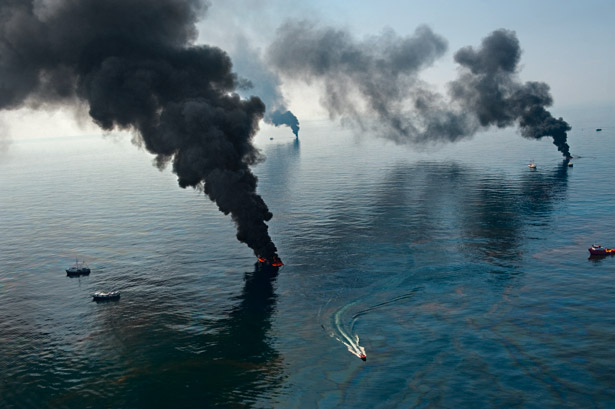
Disaster (Context #2)
The second reason motivating a more radical approach to education reform is not only the inadequacy of literacy as storage and retrieval of information, but the fact that the techno-scientific apparatus is not capable of solving the problems threatening human survival. In fact, there is some agreement that the primary source of disaster in modernity is the result of techno-scientific production, with climate change at the top of the list. As Paul Virilio observed, every invention includes its own accident: to invent the car is to invent the car wreck.
The condition framing our conversation is the Internet accident, with Internet serving as a metonym for the digital technologies of new media rapidly replacing the literate apparatus as the support for the language function in society. The Internet accident is a General Accident that occurs everywhere simultaneously, an event made possible by the light-speed connectivity and global reach of digital media, especially as these capacities are extended into such features as telepresence. Paul Virilio poses the question: what is the integral accident that may be expected to follow upon the invention and general adoption of the Internet? In our context, he is asking: what are the consequences of electracy?
Virilio introduces the neologism “dromosphere” (from “dromos,” race) to name the conditions likely to produce the General Accident. The dromosphere refers to the pollution of dimensions that follows from electronic augmentation of human thought and language. Instant communication is constricting time, eliminating the past and the future, reducing human temporality to Now-time. If the oral apparatus ran on cyclical time, and literacy on linear time, electracy operates within the moment of Now. All trajectory disappears, eliminating the journey with its departure and passages, leaving us only with pure arrival. The mood of this condition is claustrophobic, a sense of being trapped. The human condition in the dromosphere is that of being caught and held within Now-time. The paradox of this confinement is that, augmented by the technologies of telepresence, the experience of Now is separated from place, even from being-there (Dasein).
It is now the immobility of all possible journeys or paths. The time-light barrier then blocks off–along with the horizon of appearances–the horizon of action, the very reality of a space where all succession dissolves, where it is as though hours and days had ceased to flow; surfaces ceased to extend; what cropped up yesterday, here or there, now happens everywhere at once. The accident to end all accidents spreads in a flash and the center of time–the endless present–leaves behind the center of fixed space for good. There is no longer any “here,” everything is “now” (Virilio, 1997).

